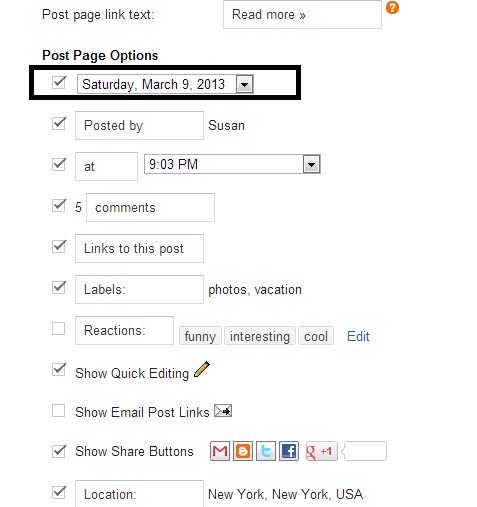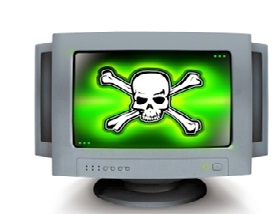QR codes are one of those things that make a lot of people think we’re really in the future now. After all, there’s something pretty amazing about being able to use your phone to scan a pattern on a shirt, button, sign, or other media and instantly get a website. They are known as “quick response” codes for a reason. The technique appeals to the modern culture ideals of getting information quickly and without a fuss. The idea is that no one wants to spend an overly long time inputting a website address. But, it’s also true that there many different opinions on the suitability of the tech to modern needs.
How Do QR Codes Work Anyway?
The codes were invented in 1994 by Denso Wave, a company that’s part of Toyota. It’s essentially a two dimensional barcode system. That means that it’s similar to the systems used for scanning products like groceries, although these codes are one dimensional. The system does have a patent, but the inventor opened it up the technology to the public so anyone is allowed to use it. The two dimensional nature of the codes let them store much more information than the original 1d technology.
Reasons to Dislike QR Codes :
There are many detractors to QR codes, of course, such as Gizmodo. The contention is that they are pointless and don’t actually save that much time. The other problems is that there’s not a lot of homogeneity in how the apps are scanned. Many phones don’t come with apps for scanning the codes already, so you have to download an app just to scan the code. And if that code is something that you have to scan quickly while driving by it on the highway, and all it does is take you to the brand’s main website, then this is hardly rewards the user for all of the effort they’ve expended.
Does Anyone Use them?
Not as many as you might think. According to the Gizmodo article, only 20 percent of Americans actually use the tech, and the percentage is even smaller in other countries like Canada or Spain. The main reason why the codes have caught on at all, according to some, is that advertisers like them. They can embed them everywhere and it doesn’t seem as intrusive as if they’d used the same space for more regular advertising language.
The Potential Future of QR :
Even so, the codes seem to be here to stay at least in the short term. The greater degree of potential for direct interaction with customers is just to tempting to advertisers to pass up. Possible ways the industry could grow is into a new technology that’s similar which is known as NFC. Users will always likely be interested in possible benefits of interfacing with sellers and brands, the key is just to actually make it worth their while. If a consumer is going to go through all of the trouble of scanning outdoor banners and downloading the right app, they want to see something new, feel like it was worth it. So overall, whether or not QR codes catch on permanently, there is no doubt that high consumer interactive technologies definitely will.



